Spring is one of my favorite times of the year. The brown grass is gradually shaded by strands of brilliant green blades, tiny buds appear on sparse branches of trees and new plants emerge from the black earth. I really get excited when my herb garden begins to wake up. Celebrate Earth Day this weekend by planting something green in your yard.
I just trimmed off the dead branches of my sage, clipped back the mountain savory and creeping thyme. Some years I trim the plants back in Fall, others in Spring depending on the weather and my schedule. No matter when they are trimmed, every Spring it feels like a present that slowly opens, each day can reveal more of the surprise of new life that I never tire of.
Using essential oils has given me an even greater appreciation of seeing these little plants spring to life. I know how much plant material it requires to make powerful essential oils, pounds and pounds depending on the plant. I feel blessed to have the raw materials growing in my backyard. The best part is many of these amazing plants are easy to grow, in your garden or on a windowsill.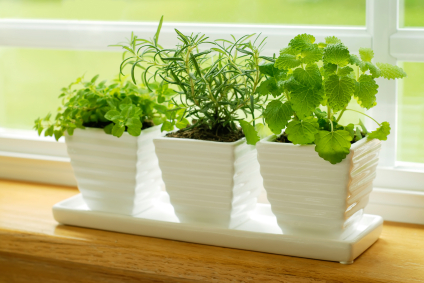
Holistic herbs don’t have to be used as “medicine” for you to enjoy them. Most of them really enhance the flavor of foods. Adding a couple sprigs to soups, steamed or broiled veggies make it easy to consume 5-7 servings of vegetables a day for a healthy body. Most of the herbs are delicious fresh off the plant, and I love how my kids snack from the herbs all season long. They know that those plants in the “herb garden” can be eaten any time, as long as they don’t eat the whole plant! My chives are usually the most popular and one that I might have to ration early in the growing season so the plant can survive. Herbs are an adventurous and flavorful way to eat more greens :).
If you’re looking for a fun game to teach your kids about herbs, check out Wildcraft. We bought this board game for our kids this past winter and they love it. It’s a fun game that encourages teamwork and a love for nature all while teaching everyone about helpful plants and herbs.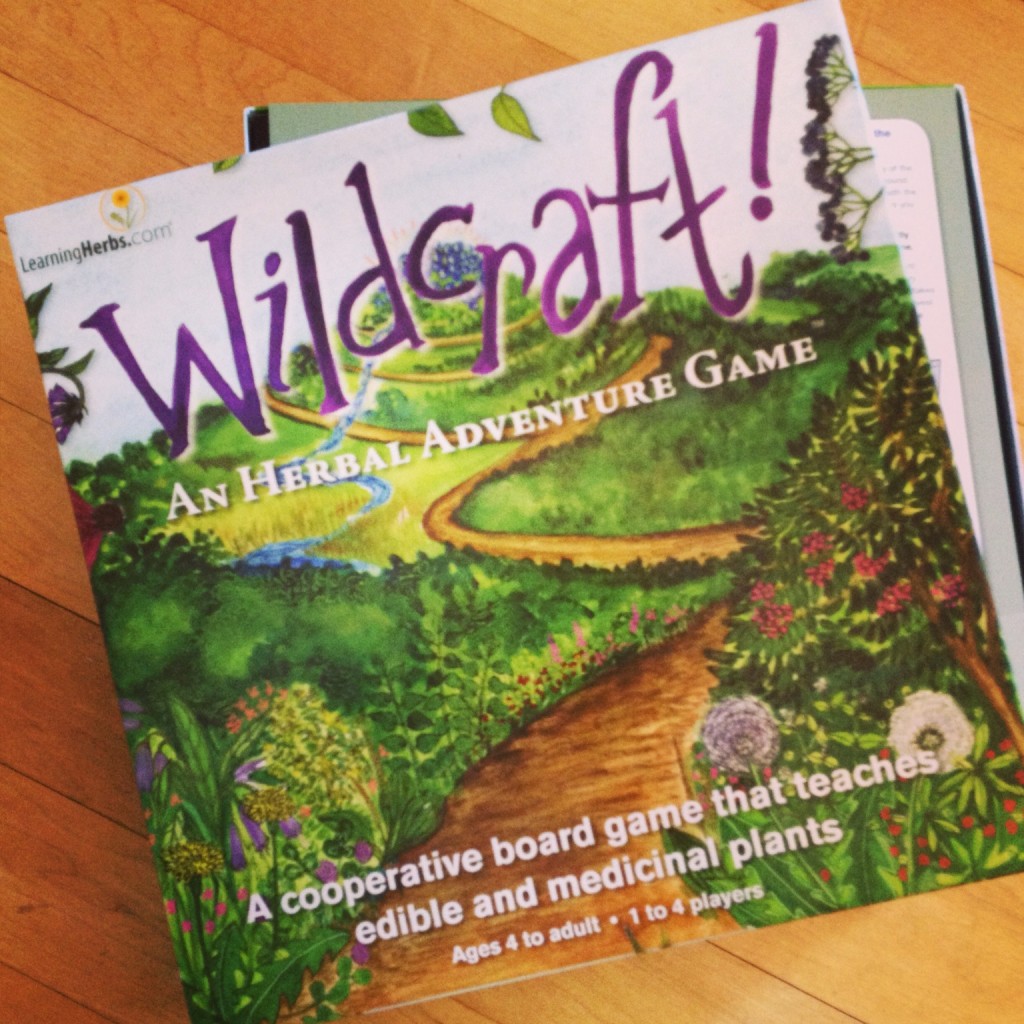
There are so many medicinal herbs, many will thrive in the harshest growing conditions, so if you haven’t tried real “plants” because you don’t think you’re able to keep a plant alive, try herbs! Julie over at The Family CEO blog has a nice article on replacing artificial plants with real plants if you want more inspiration for acquiring a green thumb. Many are perennials which can be a blessing or a curse, depending on how much time and space you have. My first mint plant years ago was one of those “blessings”. Interestingly, at my old home the mint came back year after year and spread like wildfire. At our new home, I have not had much luck with mint. I grow it in a container to keep it from spreading, but cannot get it to come back unless it’s in the ground. Oregano, on the other hand, is the “weed” in my herb garden now, spreading over the limestone edging, even showing up between the red bricks on the patio.
Growing herbs is low maintenance, you’ll probably find some things grow better in your yard than others. But that’s half the fun, waiting in Spring to see what will appear. They are a simple investment for wellness that will reward you with a bounty of enjoyment. Here are the herbs I grow and the benefits they offer, keep in mind that potent essential oils may have slightly different uses than the fresh herbs simply because they are more concentrated: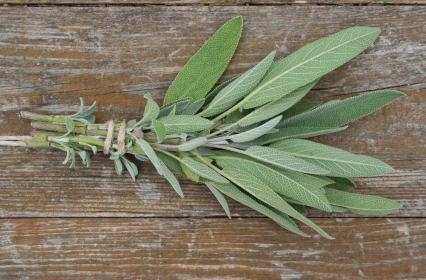
Sage supports healthy digestion and healthy central nervous system function. It can support throat health when you drink it in a tea. Sage is mildly estrogenic and can bring balance to female hormones especially for menopausal women, but should be avoided by pregnant women and nursing mothers as it can dry up your milk. Add sage to soups, poultry dishes and breads for a savory flavor.
Thyme is one of the most powerful herbs, it has strong antiseptic properties. Some have found it helpful for balancing the mind and body during times of stress, supporting healthy immune function and supporting healthy lung function. Thyme essential oil is super powerful, so the fresh herbs may be more gentle for kids and smaller adults. Eating just a few of the fresh tiny leaves may give your immune system a boost. Add thyme to soups, broiled or steamed veggies or even mix it in a savory tea with some other healing herbs like rosemary and parsely for a soothing treat for your throat.
Mountain Savory (Satureja montana) is very powerful against bacteria and viruses. Mountain Savory has even been studied in it’s potency to fight the Lyme Disease parasite. Add fresh savory to soups, stews and your favorite paleo dishes.
Lemon balm is the plant material for Melissa essential oil. Melissa is one of the most powerful anti-viral essential oils, researched often against the Herpes virus that produces common cold sores. Lemon balm may also very helpful in supporting emotional well-being. Who wouldn’t feel better smelling a bunch of fresh grown herbs?! Lemon balm has a gentle lemon scent and flavor that tastes amazing in tea or baked goods. I plan to add some to my Paleo-Almond flour muffins and scones this coming season, yum! Lemon balm makes a quick tea just by steeping a few leaves in hot water from your tea kettle.
Oregano is not just for italian food. This powerful herb boosts your immune system when you add fresh oregano to your soups, stews and pizzas. Oregano essential oil has shown itself powerful against many microbes in research. I like to add just a few leaves to my gluten-free tabouli for a more complex flavor. 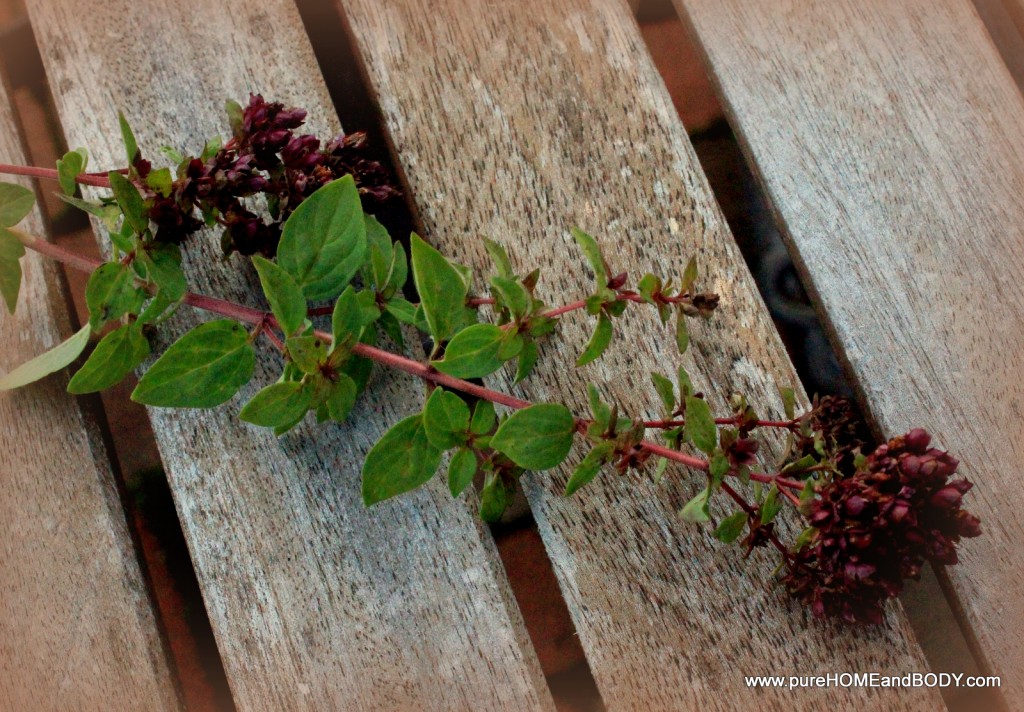
Basil is not a perennial in my area, but I make sure I sow some seeds into the garden. Make sure any seeds you grow are not Genetically Modified and Monsanto-Free. Basil is another powerful herb,. My favorite way to make basil is to mix up some quick pesto: process a handful of basil leaves (stems removed), a clove of garlic, pinch of celtic sea salt and drizzle in olive oil until you get a smooth consistency. Serve this over fresh, steamed veggies for a satisfying light summer dinner. Dan at A Life in Food has some unique twists on the traditional basil pesto (like Chili-Rosemary pesto!), including directions for quickly preserving your delicacies for the winter.
Cilantro is another annual plant that needs to be sown into your garden or pots in Spring. It’s a unique plant that produces leaves and seeds (coriander) that are versatile and tasty in many recipes. In addition to having a fantastic flavor for Indian, Mexican and many other world cuisines, cilantro has a gentle detoxifying effect on the body by absorbing heavy metals. Cilantro absorbs mercury in particular. My personal favorite way of eating cilantro is in kitchari, a traditional Indian dish loaded with complex flavors of curry: turmeric, coriander, cumin, cinnamon and more. It’s an Ayurvedic recipe that many practitioners use for cleansing and therapy. It’s also comfort food, easy to prepare and adding fresh cilantro brings it some energy. Yummy Laura has a simple recipe that is similar to the one I make.
Rosemary also does not survive the cold winters of Wisconsin. I’ve had luck bringing Rosemary in for the winter and replanting it in Spring. The Rosemary leaves are packed with power: They are naturally anti-fungal, support healthy nasal function and support a healthy liver. In addition, it may support healthy circulation and has shown to be effective against cancer and tumor growth in research. Rosemary may be helpful for easing normal menstrual cramps, and should be avoided during pregnancy. The stems of the rosemary plant are tough and should be removed before cooking. Chewing on the fresh leaves can release the natural thymol oils and freshen your breath, soothe a dry throat and support healthy nasal function. Add rosemary leaves to your soups, stews and roasted veggies (imagine oven roasted red potatoes with olive oil and fresh rosemary). Rosemary has a bold flavor that can compliment red meats, I like to use my fresh rosemary in Paleo – almond flour crackers.
Mint can be spearmint or many of the peppermints including chocolate mint! Mint is one of my favorites, and one the kids like to eat. Peppermint essential oil is one of the most versatile and effective oils. This herb is gentle, cooling and refreshing. Make a hot or cold tea from these leaves, garnish roasted pea pods, soups or salads for a surprising twist of flavors. Mint eases upset stomachs, soothes the digestive tract and can be helpful with lowering a fever. Just chewing a leaf can be a gentle way to support healthy digestion. Mint herbs may interfere with iron absorption and should be avoided by nursing moms.
Chives are not really herbs, but I have them growing in my edible herb garden. They are a perennial, spicy plant from the onion family that’s super easy to care for. We eat chives right out of the garden, chop them up and add them to salads, egg dishes, potatoes and soups.
There you have it, the herbs that grow in my home, I like flowers and plants, but herbs are really my favorite. And if you let them grow enough without picking, they will make some beautiful flowers! I think herbs are what Hippocrates had in mind when he said:
“Let food be thy medicine, and medicine be thy food” Socrates
This is what having a Pure Home and Body is all about
There are so many beautiful, delicious, healing herbs for families. What are your favorites to grow and eat?
This information is for entertainment purposes only and is not intended to diagnose, treat or cure any disease.
A. M. Janssen, J. J. C. Scheffer, A. Baerheim Svendsen. Antimicrobial activities of essential oils. Pharmaceutisch Weekblad
August 21, 1987, Volume 9, Issue 4, pp 193-197.http://link.springer.com/article/10.1007/BF02029329.
Gordana S. ?etkovi? , Jasna M. ?anadanovi?-Brunet , Sonja M. Djilas *, Vesna T. Tumbas , Siniša L. Markov and Dragoljub D. Cvetkovi?. Antioxidant Potential, Lipid Peroxidation Inhibition and Antimicrobial Activities of Satureja montana L. subsp. kitaibelii Extracts.Int. J. Mol. Sci. 2007, 8(10), 1013-1027.http://www.mdpi.com/1422-0067/8/10/1013/htm.
L. Panizzia, G. Flaminib, P.L. Cionib, I. Morelli. Composition and antimicrobial properties of essential oils of four Mediterranean Lamiaceae. Journal of EthnopharmacologyVolume 39, Issue 3, August 1993, Pages 167–170. http://www.sciencedirect.com/science/article/pii/037887419390032Z
Petra Slanc, Bojan Doljak, Samo Kreft, Mojca Lunder*, Damjan Janeš andBorut Štrukelj. Screening of selected food and medicinal plant extracts for pancreatic lipase inhibition. Phytotherapy Research. Volume 23, Issue 6, pages 874–877, June 2009. http://onlinelibrary.wiley.com/doi/10.1002/ptr.2718/abstract.
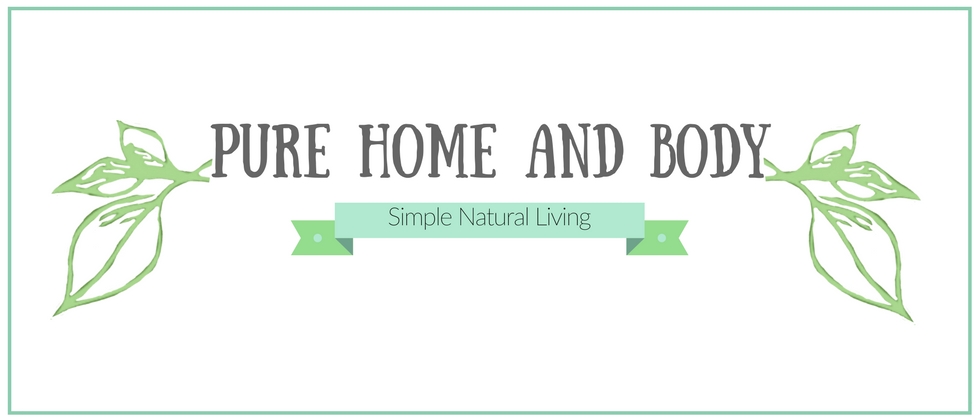

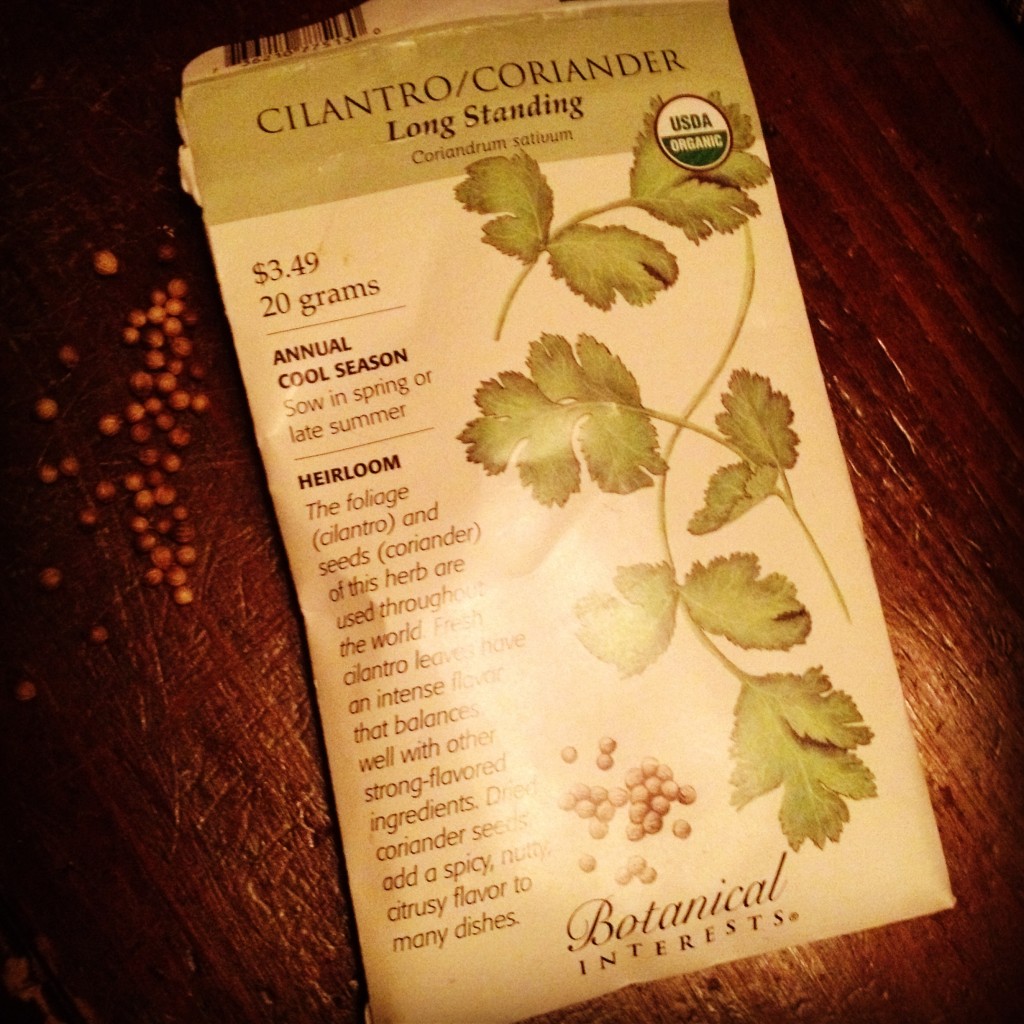
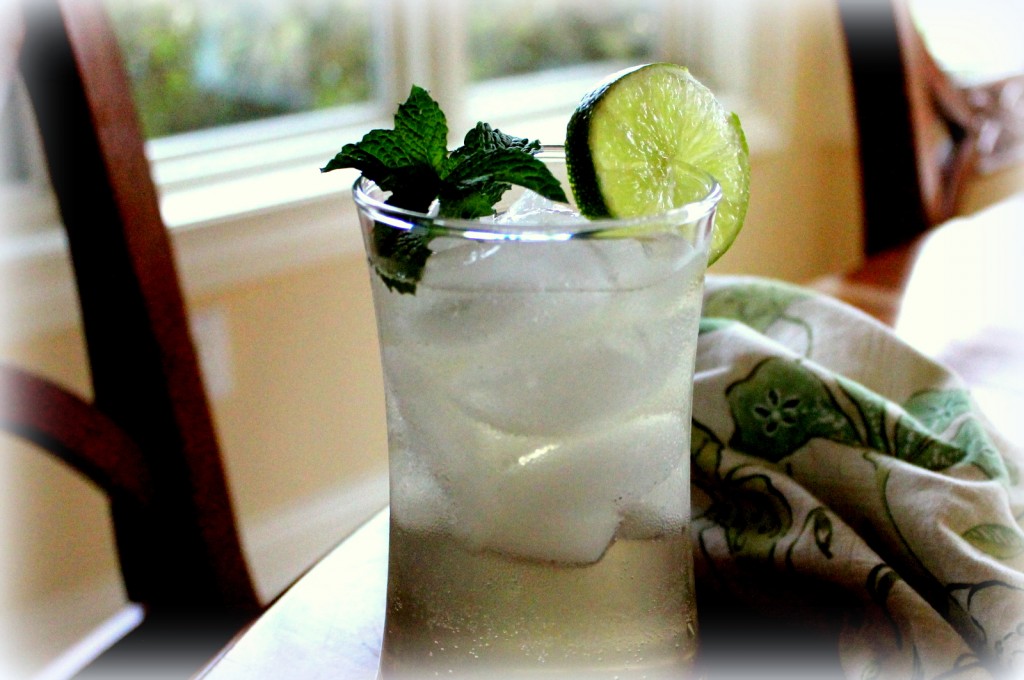








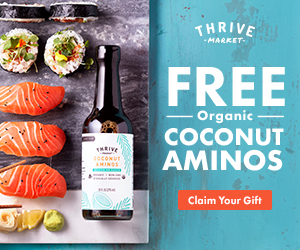

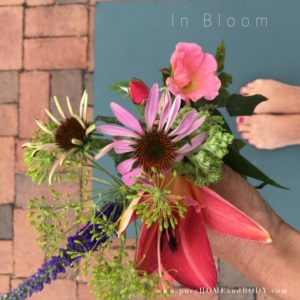
No comments yet.